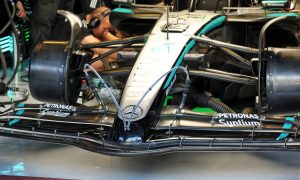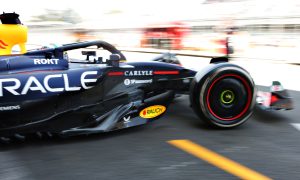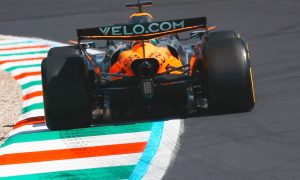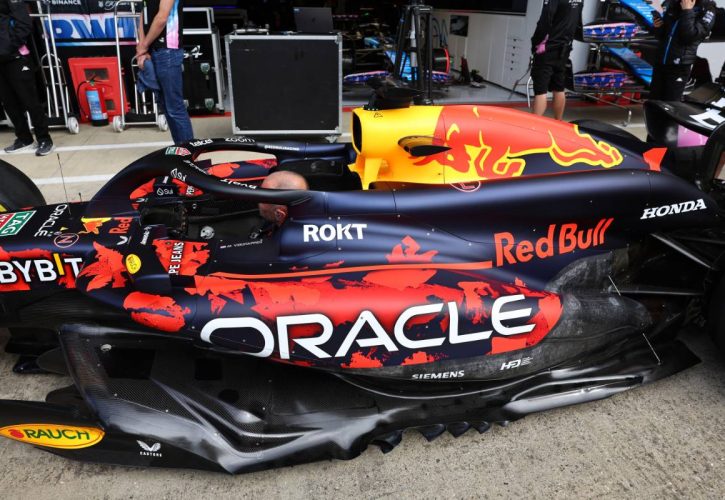
This weekend’s round of racing at Silverstone Circuit has unsurprisingly compelled three teams at the sharp end of the F1 grid to introduce upgrades, although they vary in scale and specificity.
Red Bull, McLaren and Mercedes have all implemented changes, with the latter two focusing mainly on circuit specific modifications.
Ferrari, which is still in the process of optimizing its SF-24 following the introduction of its most recent development package in Spain is running an unchanged car this weekend.
Red Bull's Silverstone upgrades target floor performance. They've reshaped the upper floor surface to improve airflow and generate more pressure towards the edge wing. The RB20’s tweaked edge wing, with slightly increased curvature, aims to capitalize on the enhanced airflow for more downforce without sacrificing stability.
Overall, these strategic modifications aim to optimize airflow and maximize the floor's effectiveness, giving Red Bull a potential edge on the track.
Mercedes has prioritized balance and drag reduction. They've trimmed the front wing flap to adjust downforce for a potentially low-downforce rear wing. The rear wing itself features a reshaped flap, lowering its downforce while maintaining stability.
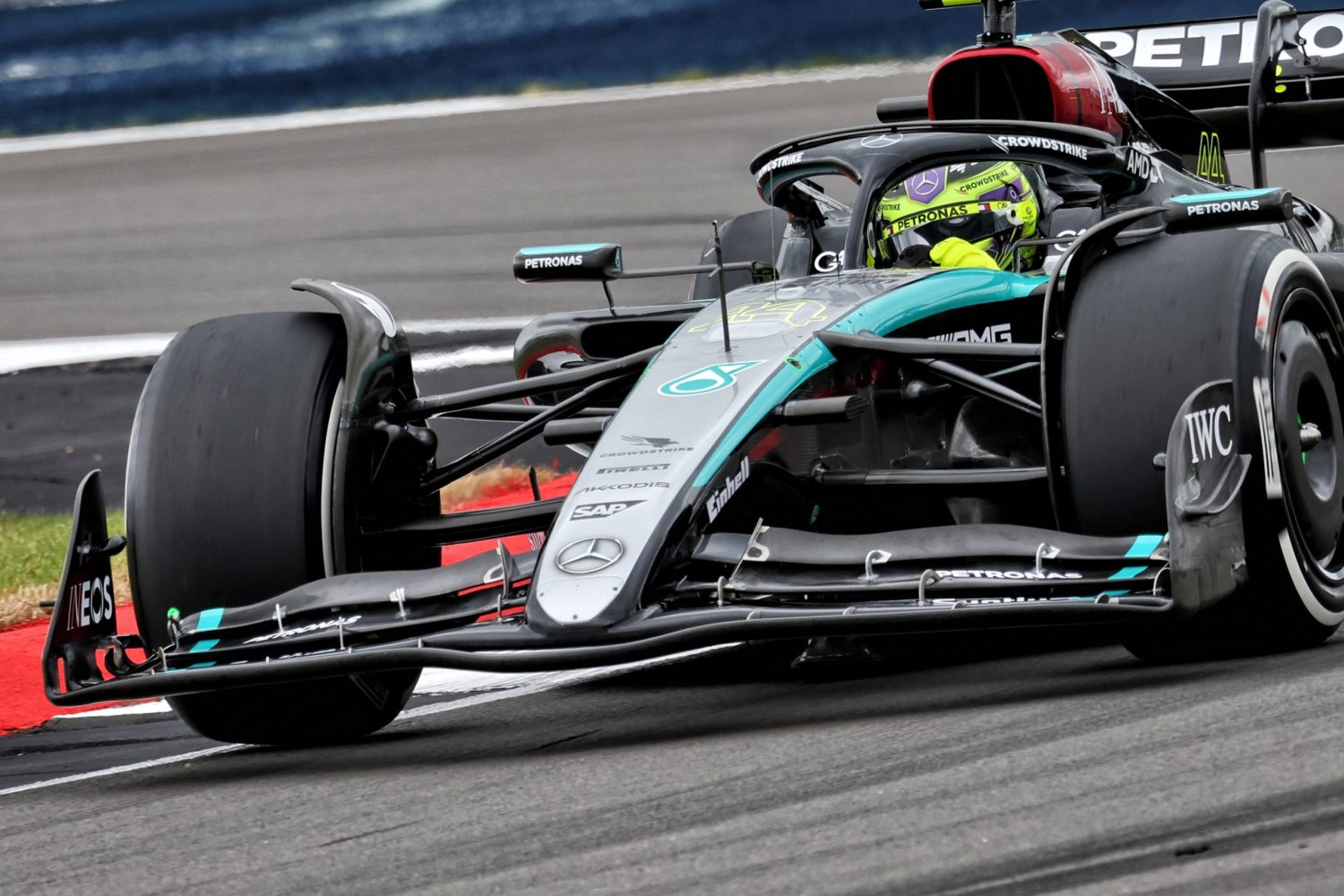
Finally, smaller brake ducts aim to optimize weight without compromising cooling. These strategic changes suggest a focus on maximizing straight-line speed at Silverstone while maintaining handling.
For Silverstone, McLaren has targeted drag reduction for higher-speed circuits. They've introduced a lower downforce rear wing to minimize drag. However, to maintain downforce balance, they've also developed a series of high, mid, and low load beam wings that can be paired with the new wing depending on specific needs. This allows them to find the optimal balance between drag and downforce for varying track conditions.
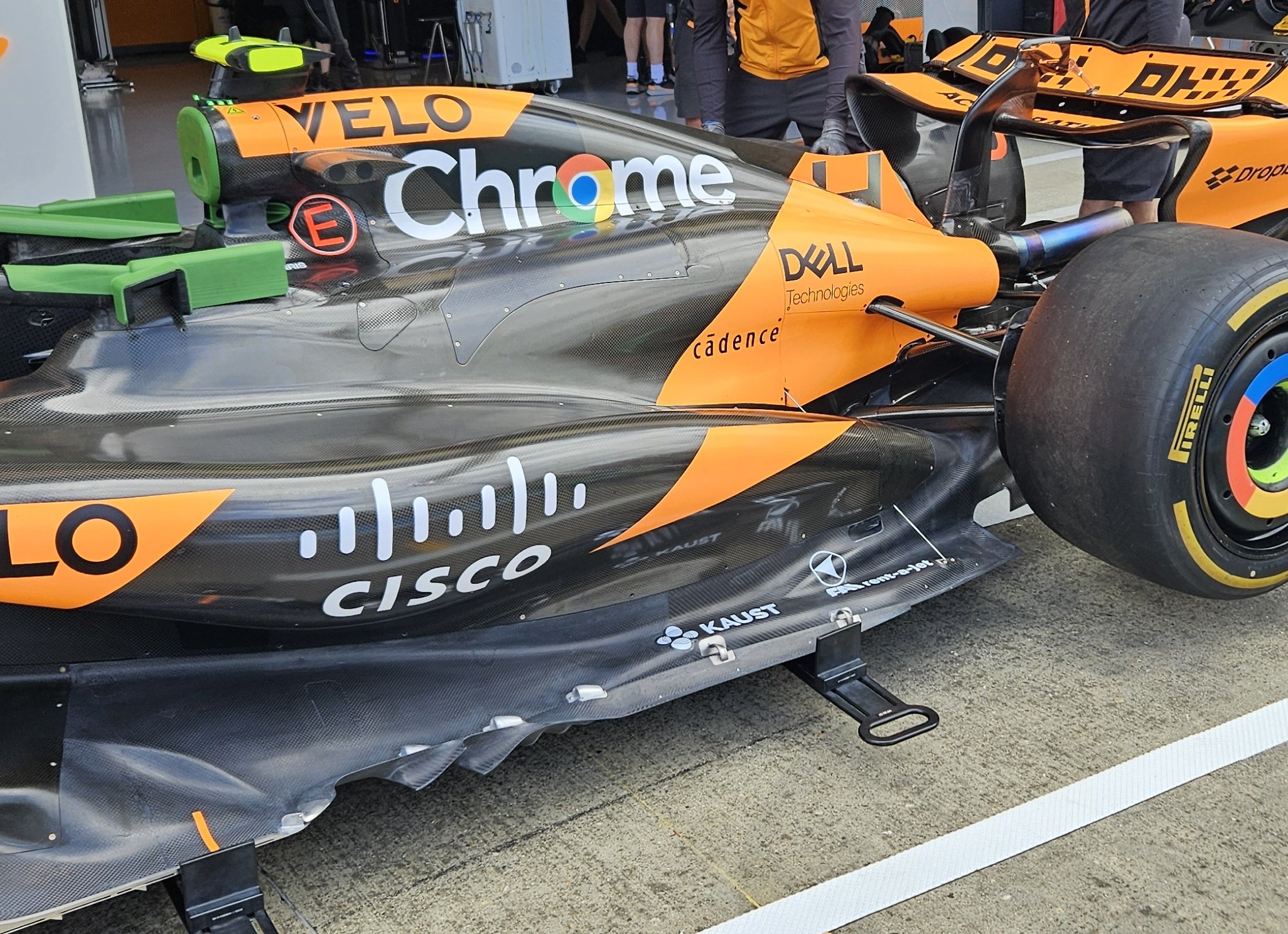
©AlbertFabrega
Additionally, the bodywork has been modified to improve cooling efficiency while preserving overall aero efficiency, a crucial factor for maintaining engine performance on high-speed tracks like Silverstone.
Aston Martin is seeking downforce efficiency gains at Silverstone with their upgrades. They've tweaked the front wing's twist to optimize airflow across its surface, aiming for better overall performance.
Additionally, the AMR24’s rear corner features a new twin-element design that offers an improvement in alignment and downwash for improved wheel wake management increasing the load on surrounding geometry.
RB is exploring removing the Halo winglet in some configurations. This aims to optimize airflow over the Halo and potentially improve performance in the rear wing area.
Sauber has refined floor fences on its Ferrari-powered C44 at Silverstone. These tweaks aim to optimize airflow and improve overall the car’s aerodynamic efficiency.
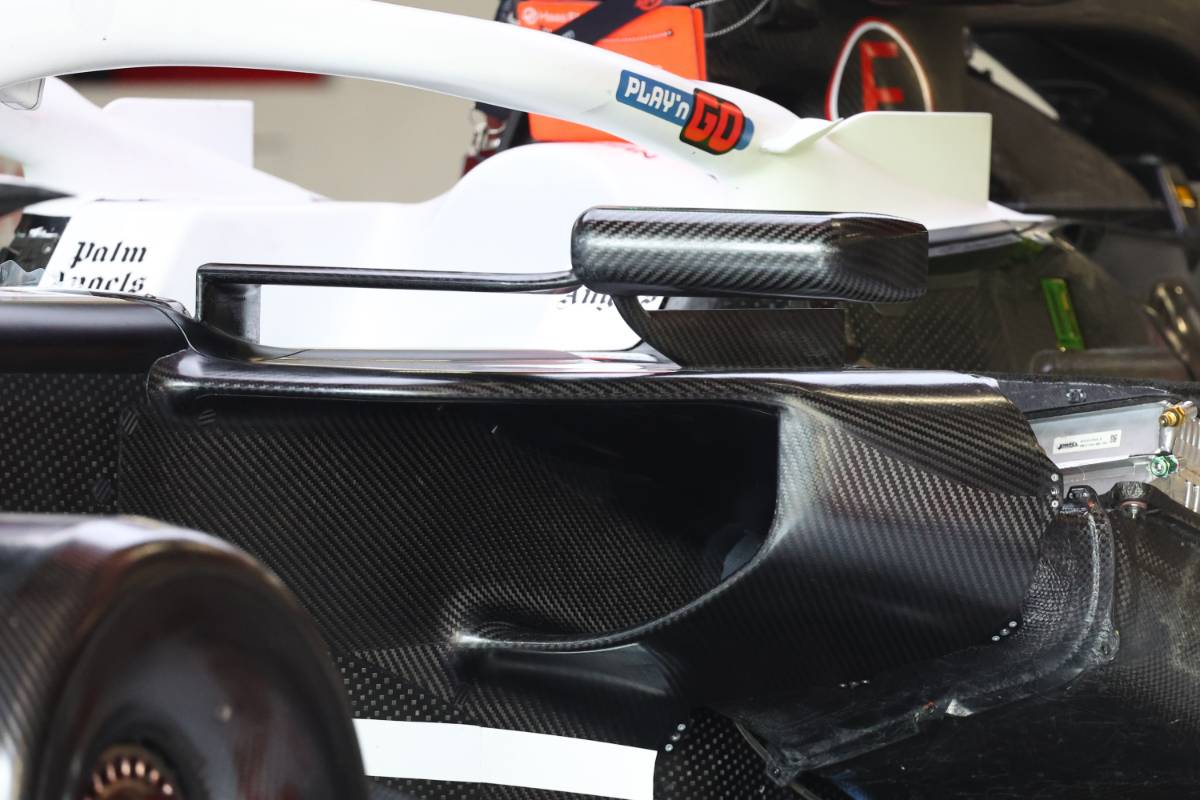
Haas arrived at Silverstone with a comprehensive aerodynamic upgrade package on its VF-24 contender. The centerpiece is a new floor design with increased expansion, aiming to generate more downforce through suction and improved airflow.
This new floor has required adjustments to a cascade of surrounding components, including floor fences, floor edges and sidepod inlet which receives a longer lip for cleaner airflow towards the car's rear, leading to an overall performance gain.
The mirror stay is repositioned and optimized to condition airflow around the sidepod, further enhancing downforce at the rear.
Finally, the lower quad-element wing at the rear corners is adjusted to optimize airflow around the tyres in conjunction with the new floor.
These interconnected upgrades demonstrate Haas's commitment to aerodynamic development, potentially boosting their car's performance at Silverstone.
Keep up to date with all the F1 news via Facebook and Twitter




